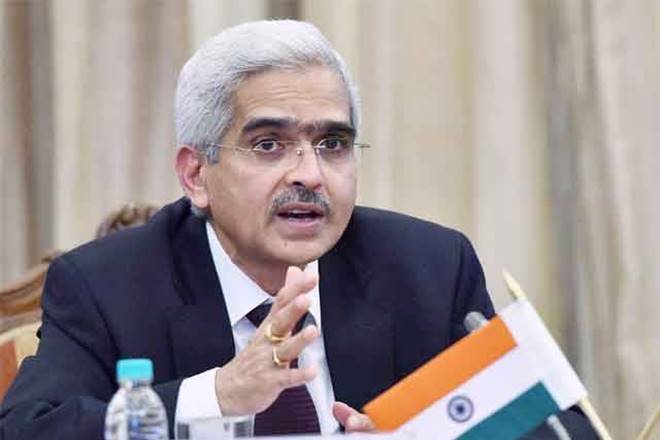
Signs of stress in MSMEs, bad loans likely to rise in 2022: RBI

India’s central bank has warned of an increase in bad loans in 2022 and emerging signs of stress in micro, small and medium enterprises (MSMEs) and the microfinance segment.
Macro stress tests for credit risk indicate that the gross non-performing asset (GNPA) ratio of banks may increase from 6.9 per cent in September 2021 to 8.1 per cent by September 2022 under the baseline scenario and to 9.5 per cent under a severe stress scenario, according to the 24th issue of the Reserve Bank of India’s (RBI) Financial Stability Report. The banks would, however, have “sufficient capital, both at the aggregate and individual levels, even under stress conditions”, the report said.
NPAs to advances ratio declined from 8.2 per cent at end of March 2020 to 7.3 per cent at end-March 2021, and further to 6.9 per cent at end-September 2021.
“Balance sheets of banks remain strong and capital and liquidity buffers are being bolstered to mitigate future shocks,” RBI Governor Shaktikanta Das said in the report. “While the pandemic induced bouts of volatility, spillovers and heightened uncertainty are challenging, the Indian financial system has stood up well and remains well prepared to meet the funding requirements of the economy,” he said.
Also read: Banks need a higher capital cushion to deal with challenges and stress: RBI
The report said MSME portfolio of PSU banks and private lenders indicates accumulation in NPA and SMA-2 categories in September 2021 relative to March 2021. NPA level was 18.5 per cent as of September 2021, as against 16.8 per cent in March 2021.
Credit to the MSME segment slowed down (y-o-y) by end-September 2021 vis-a-vis March 2021. The decline was particularly noticeable in the sub-₹25 crore ticket size across major bank groups. Under the Emergency Credit Line Guarantee Scheme, loans amounting to ₹2.82 lakh crore were sanctioned till November 12, 2021, of which ₹2.28 lakh crore was disbursed (₹1.94 lakh crore by SCBs, forming 20.6 per cent of the incremental credit during the period), it said.
Also read: Spiralling inflation: India and the world pay the price for COVID
The report said the global economic recovery has been losing momentum in the second half of 2021 in the face of the new Omicron variant, supply disruptions, elevated inflationary levels and shifts in monetary policy stances and actions across economies.
“But with the second supplementary demand of grants worth ₹3.73 lakh crore, presented in December, the budgeted fiscal deficit of 6.8 per cent of GDP may come under strain.”


